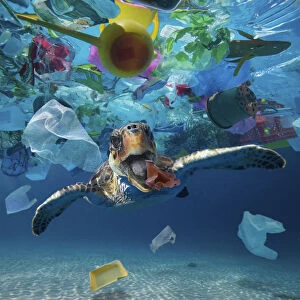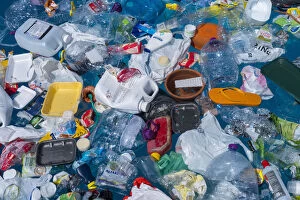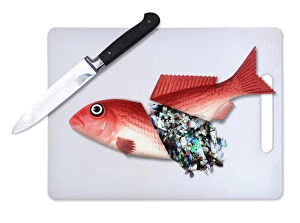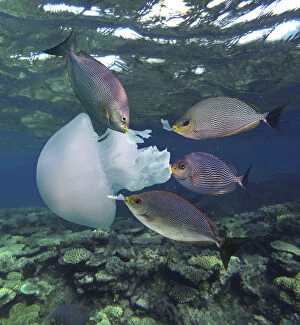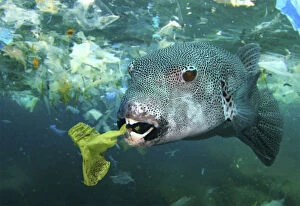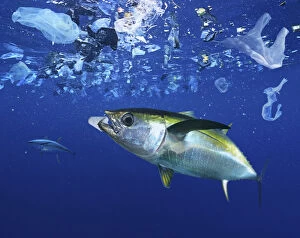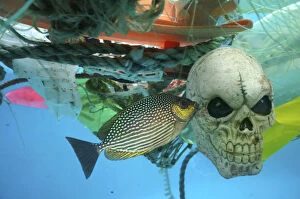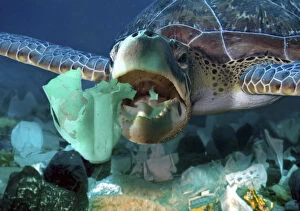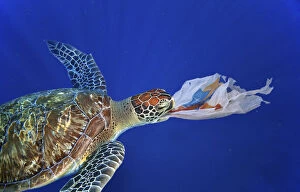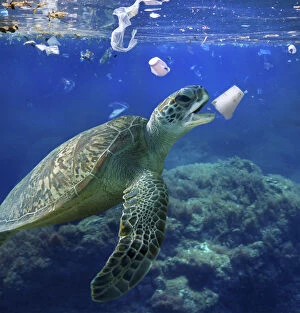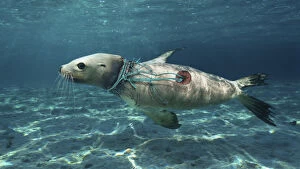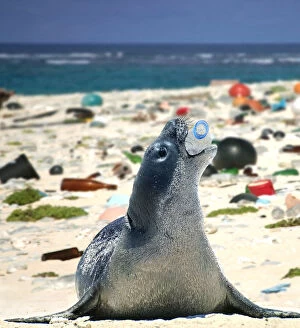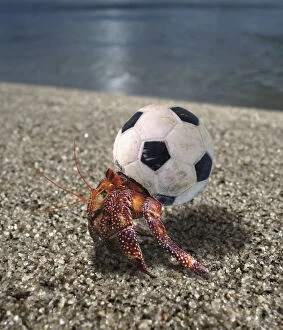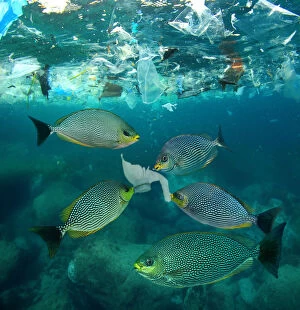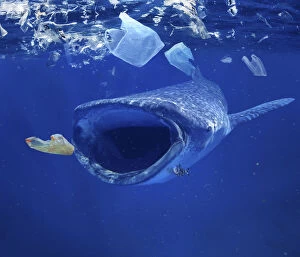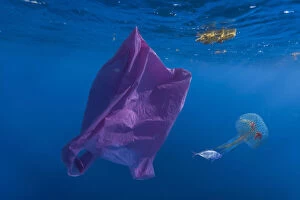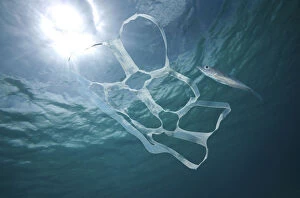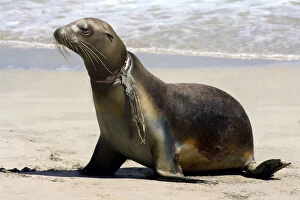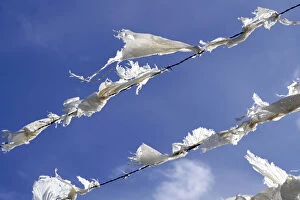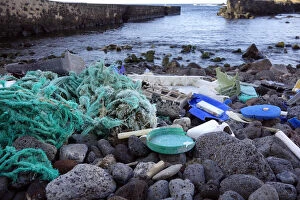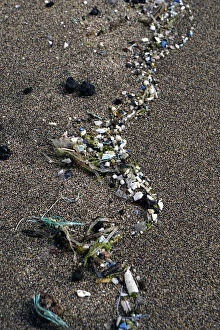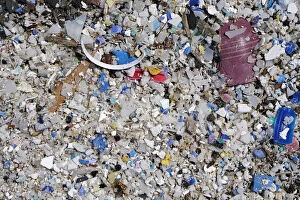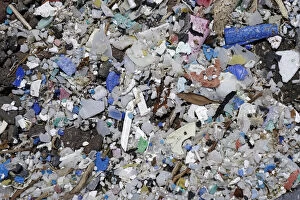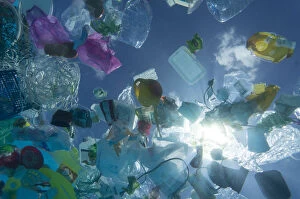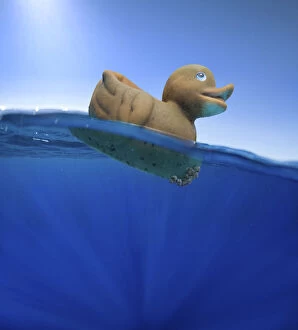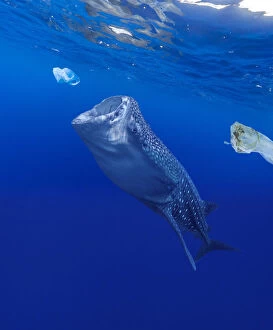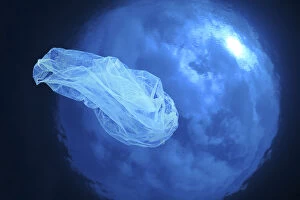Ocean Gyre Collection
Ocean gyres are powerful and fascinating natural phenomena that play a crucial role in shaping our planet's marine ecosystems
All Professionally Made to Order for Quick Shipping
Ocean gyres are powerful and fascinating natural phenomena that play a crucial role in shaping our planet's marine ecosystems. These swirling currents, depicted in Picture No. 12479494, create mesmerizing patterns as they move vast amounts of water across the oceans. In Picture No. 12479493, we witness the immense scale of these gyres as they stretch across thousands of miles. They act like giant conveyor belts, transporting nutrients, heat, and even debris from one part of the ocean to another. However, not all aspects of they are positive. In Picture No. 12479496, we see how these currents can trap floating trash and form massive garbage patches such as the infamous Great Pacific Garbage Patch. This unfortunate consequence highlights the urgent need for global action to address plastic pollution and protect our oceans. Picture No. 12479488 showcases the diverse marine life that thrives within these gyres' nutrient-rich waters. From tiny plankton to majestic whales, countless species rely on this constant flow for their survival and reproduction. As seen in Picture No. 12479372, scientists study ocean gyres extensively to better understand their impact on climate change and weather patterns worldwide. By analyzing temperature variations and salinity levels within these currents, researchers gain valuable insights into Earth's complex systems. Pictures No. 12020769 through No. 12020754 provide glimpses into different types of ocean gyres found around the globe – from Atlantic Ocean whirlpools (No. s: 12020769-66) to Indian Ocean eddies (No. s: 12020758-55). Each unique formation contributes uniquely to regional climates while maintaining a delicate balance with other interconnected systems, and are captivating forces that shape our planet's oceans in both beneficial and detrimental ways – from nurturing biodiversity (Picture No. s: 12479488) to highlighting environmental challenges like plastic pollution (Picture No. 12479496).


